
Pompeus Bridge: A Historic Gem in Mtskheta
Explore the historical charm of Pompeus Bridge in Mtskheta, a stunning landmark offering breathtaking views and a rich cultural experience in Georgia.
Discover the enchanting Pompeus Bridge in Mtskheta, a remarkable historical landmark that offers breathtaking views and a glimpse into Georgia's rich past. This ancient bridge, steeped in history, provides a perfect backdrop for memorable photographs while immersing you in the vibrant culture of the region.
A brief summary to Pompeus Bridge
- RPQ4+HF7, Mtskheta, GE
Local tips
- Visit early in the morning or late afternoon for the best lighting for photography.
- Wear comfortable shoes as the surrounding area has uneven terrain.
- Take the time to explore nearby historical sites for a fuller experience of Mtskheta's heritage.
- Bring a picnic to enjoy by the riverbanks while soaking in the stunning views.
Getting There
-
Walking
Start your journey at the main square of Mtskheta, known as Shota Rustaveli Square. From here, head southeast towards the main road, which is likely to be bustling with shops and local vendors. Walk along the main road (A1) for about 600 meters until you reach the intersection with King Mirian Street. Turn right onto King Mirian Street and continue walking for another 300 meters. You will see the entrance to the Jvari Monastery on your left; take a moment to appreciate the views from this historic site. Continue straight on King Mirian Street until you reach a T-junction. At the T-junction, turn left onto Kheivani Street. Follow Kheivani Street for approximately 400 meters, where you will encounter signs leading towards Pompeus Bridge. The bridge is located near the confluence of the Aragvi and Mtkvari rivers, which will be visible as you walk closer. The bridge itself is a short distance from the riverbank, so make sure to keep an eye out for it on your right.
-
Public Transport
While public transport options are limited in Mtskheta, you can take a minibus (marshrutka) from the Mtskheta bus station located near the main square. Look for marshrutkas heading towards the village of Jvari. Once on the bus, ask the conductor to let you know when to get off at the stop for Pompeus Bridge. The ride should take around 10-15 minutes. After disembarking, walk towards the river and follow the signs to Pompeus Bridge, which is only about a 10-minute walk from the bus stop.
Discover more about Pompeus Bridge
Iconic landmarks you can’t miss
კუნძული მცხეთა
0.0 km
Discover Mtskheta, Georgia's ancient capital, where history, architecture, and breathtaking landscapes converge in a UNESCO World Heritage site.
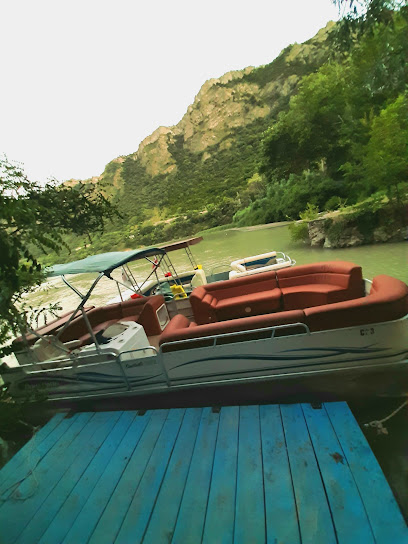
კუნძული მცხეთა
0.0 km
Discover the enchanting historical landmark in Mtskheta, Georgia, a UNESCO World Heritage Site that embodies the rich cultural heritage and stunning beauty of the region.
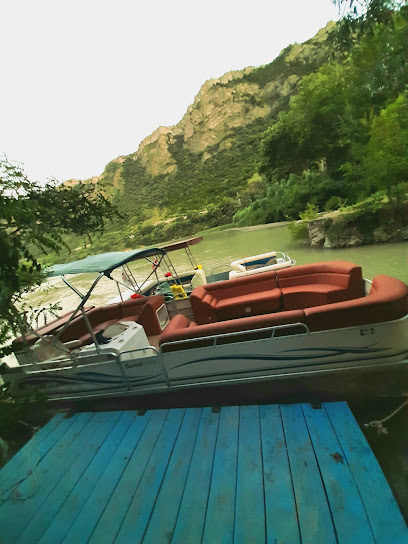
Bagineti Bar and Grill
0.3 km
Discover the essence of Georgian cuisine at Bagineti Bar and Grill in Mtskheta, where tradition meets flavor in a welcoming atmosphere.
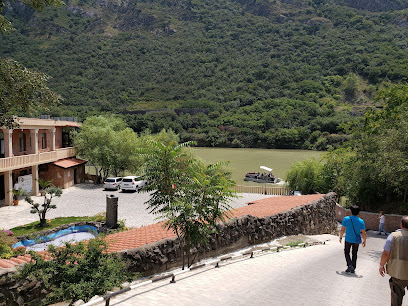
Mtskheta
0.3 km
Explore Mtskheta, Georgia's ancient capital, a UNESCO World Heritage site filled with stunning churches, rich history, and breathtaking landscapes.
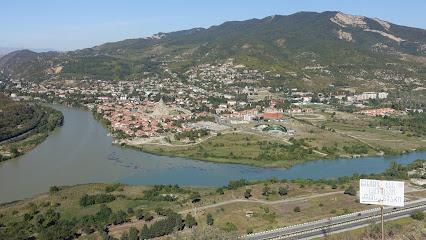
Mtskheta-Shiomgvime Monastery
1.0 km
Explore the spiritual and architectural beauty of Mtskheta-Shiomgvime Monastery in Georgia, a UNESCO World Heritage site with stunning landscapes.

ძველი ტავერნა
1.2 km
Savor the essence of Georgian cuisine in Mtskheta's renowned restaurant, where authentic flavors meet warm hospitality.
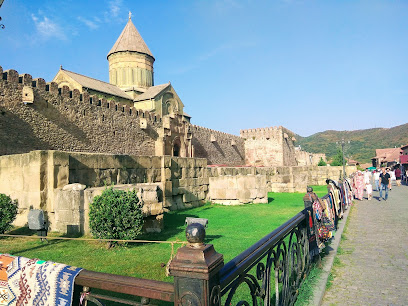
"Old Capital"
1.2 km
Experience the charm of Mtskheta at Old Capital, your serene retreat near UNESCO World Heritage sites.

Georgian Treasure
1.3 km
Explore unique Georgian souvenirs at Georgian Treasure, where culture meets craftsmanship in the heart of Mtskheta.

Armaztsikhe (Armazi, Bagineti)
1.3 km
Discover the rich history of Armaztsikhe, an archaeological gem in Georgia featuring ancient ruins, temples, and breathtaking landscapes, perfect for explorers.
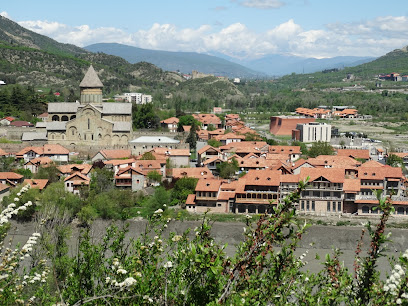
Ornament Express
1.3 km
Experience the rich flavors of Georgia at Ornament Express, a delightful restaurant in Mtskheta renowned for its authentic cuisine and warm atmosphere.

Kohi.ge
1.4 km
Explore Kohi.ge in Mtskheta, where traditional craftsmanship meets modern design in the heart of Georgia's architectural marvels.

Tatin • ტატინი - Cafe & Hotel in Mtskheta
1.4 km
Experience the perfect blend of Italian and Georgian cuisine at Tatin Café & Hotel in historic Mtskheta, where comfort meets culinary excellence.
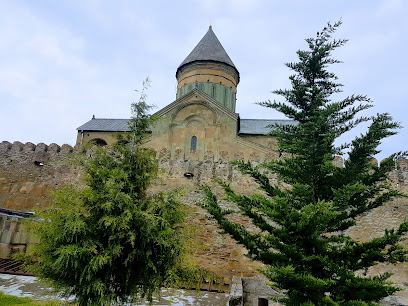
The Chamber of Wine
1.4 km
Explore the authentic Georgian wine experience at The Chamber of Wine in Mtskheta, where tradition meets taste in a stunning atmosphere.
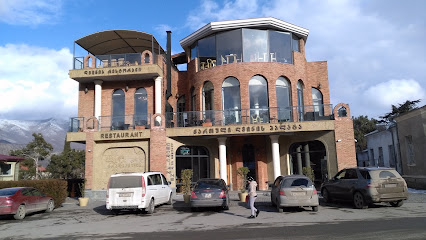
Marani Hall მარანი ჰოლი
1.5 km
Experience the best of Georgian cuisine at Marani Hall, Mtskheta's premier restaurant offering a blend of tradition and modern gastronomic flair.
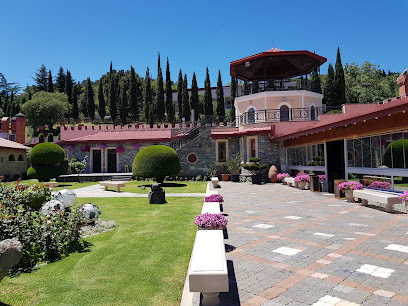
Getsamania Garden
1.9 km
Discover tranquility and natural beauty at Getsamania Garden, a serene oasis in the historic city of Mtskheta, Georgia.
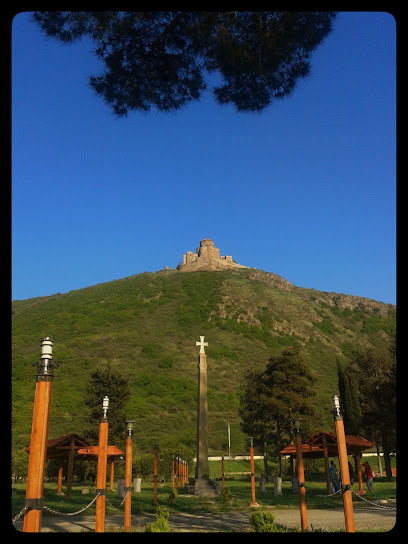
Unmissable attractions to see
Getsimania Monastry
0.4 km
Explore the serene beauty and historical significance of Getsimania Monastery, a spiritual retreat nestled in Mtskheta's stunning landscape.
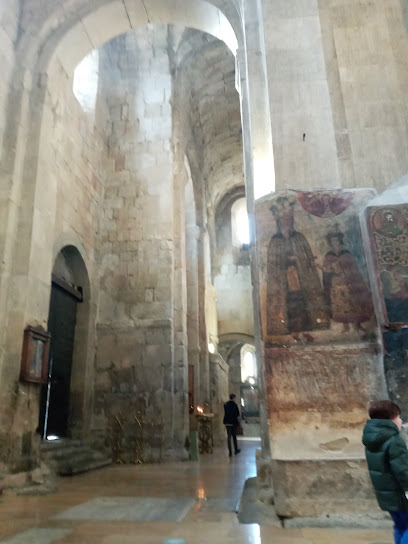
Saint Ekaterine And Olga Church
0.6 km
Discover the tranquil beauty and rich history of Saint Ekaterine and Olga Church in Mtskheta, a hidden gem of Georgian spirituality and architecture.
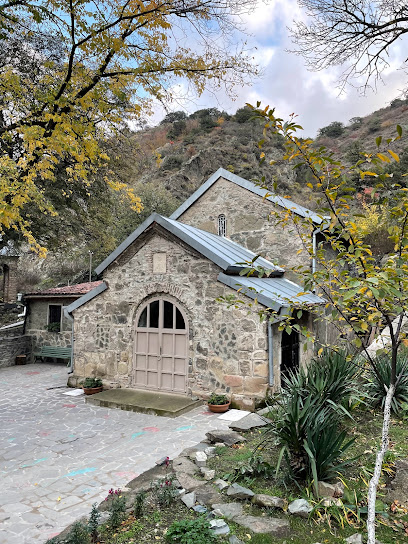
St. David the Builder Monastery
0.9 km
Discover the spiritual and architectural splendor of St. David the Builder Monastery, a serene retreat in the heart of Georgia's breathtaking landscape.
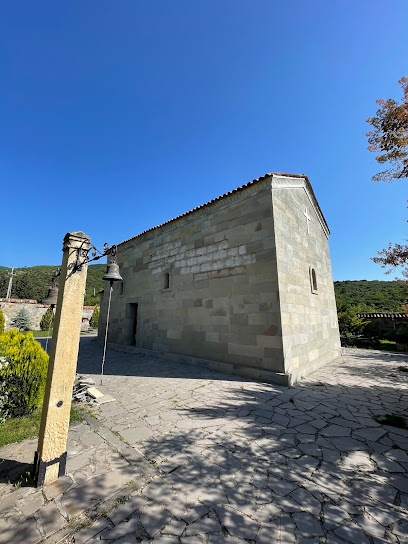
Saint Dimitri of Thessaloniki Fathers' Monastery
0.9 km
Explore the serene beauty and historical significance of Saint Dimitri of Thessaloniki Fathers' Monastery in Mtskheta, a spiritual haven in Georgia.
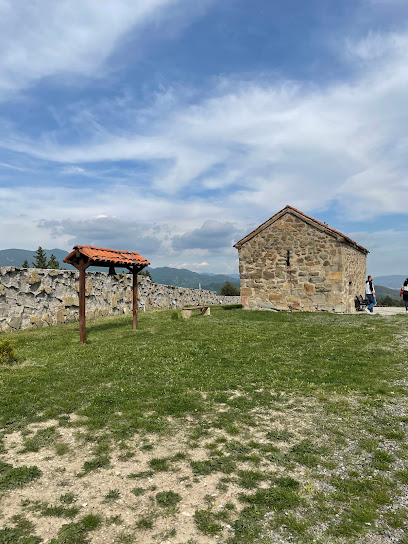
Svetitskhoveli Cathedral
1.3 km
Discover the architectural beauty and spiritual significance of Svetitskhoveli Cathedral, a UNESCO World Heritage site in Mtskheta, Georgia.
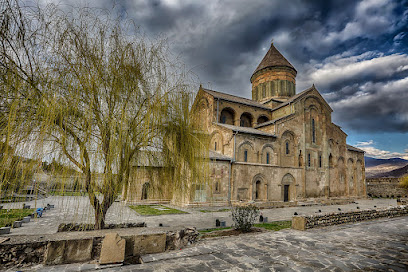
Museum Of Mtskheta
1.3 km
Explore the archaeological treasures of Georgia at the Museum of Mtskheta, where history and culture converge in a captivating journey.
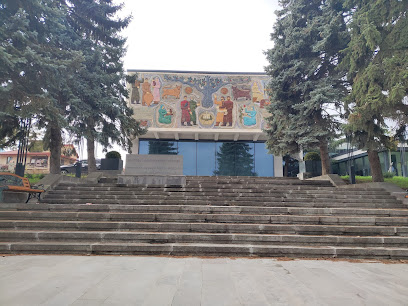
Samtavro's Convent
1.3 km
Discover the spiritual and historical essence of Georgia at Samtavro's Convent, a serene retreat in the ancient city of Mtskheta.
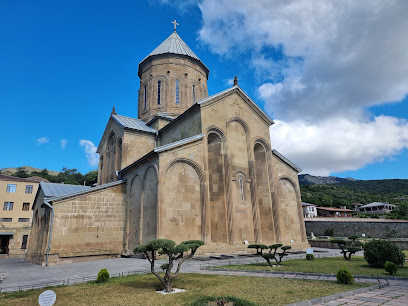
სკვერი, Park
1.3 km
Experience tranquility in Mtskheta Park, a serene escape amidst the historic beauty of Mtskheta, Georgia.
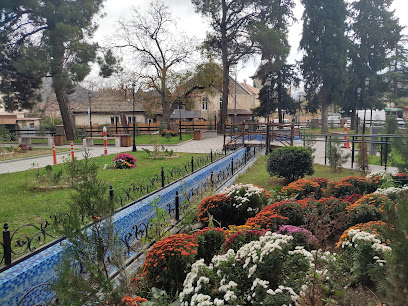
Virgin Mary Assumption Fathers Monastery
1.4 km
Discover the tranquil beauty and rich spiritual heritage of the Virgin Mary Assumption Fathers Monastery in Mtskheta, a must-visit for cultural explorers.
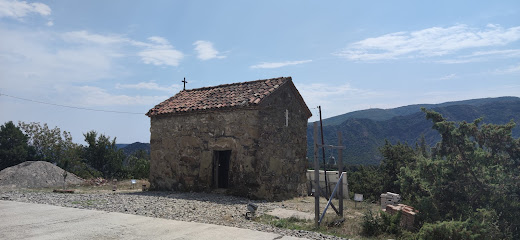
Mtskheta Antioch
1.5 km
Explore the historical and spiritual significance of Mtskheta Antioch, a UNESCO World Heritage Site in the heart of Georgia.
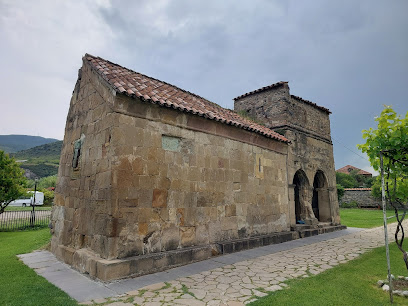
Aragvi
1.7 km
Experience the breathtaking beauty and adventure of the Aragvi River, a serene oasis in the heart of Georgia's stunning landscapes.
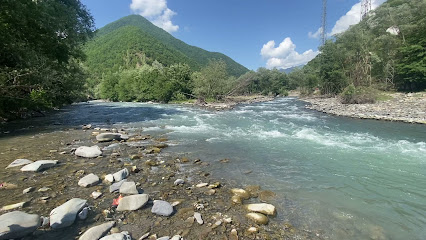
Salobie
2.0 km
Discover the authentic flavors of Georgian cuisine at Salobie in Zahesi-Mtskhata-Kavtiskhevi-Gori, where every dish tells a story.
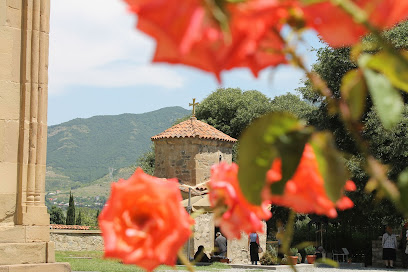
Jvari Monastery
2.2 km
Discover the breathtaking beauty and rich history of Jvari Monastery, a UNESCO World Heritage site overlooking Mtskheta, Georgia.
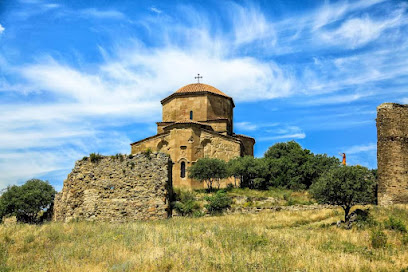
Bebristsikhe
2.3 km
Explore the historical Bebristsikhe fortress, where ancient architecture meets breathtaking landscapes in the heart of Georgia.
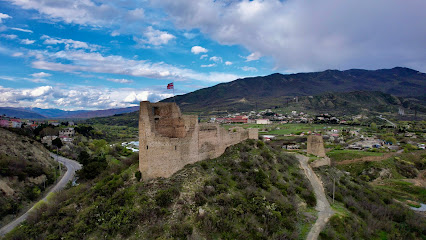
Armazi Citadel
2.6 km
Discover the ancient Armazi Citadel in Mtskheta, a breathtaking fortress rich in history and stunning views of the Georgian landscape.
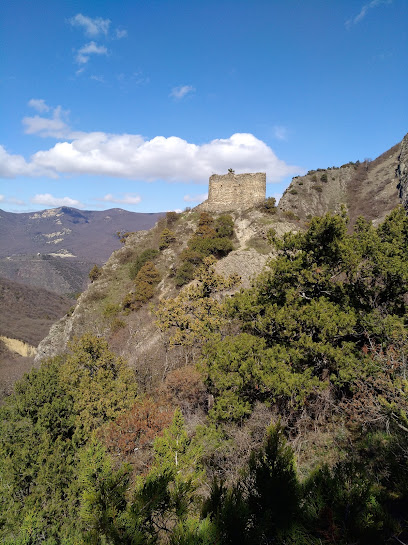
Essential places to dine
으뜻이
0.3 km
Experience authentic Georgian cuisine at 으뜻이 restaurant in Mtskheta, where tradition meets flavor in a cozy setting.

pita falafel
0.3 km
Experience the best fast food in Mtskheta at Pita Falafel – where flavor meets convenience in every bite.

Old Armaz
0.4 km
Experience authentic Georgian cuisine at Old Armaz in Mtskheta - where tradition meets taste amidst historical charm.
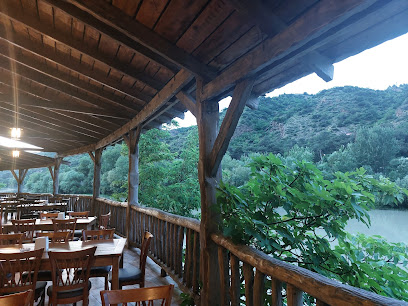
Tsiskvili in Mtskheta
0.9 km
Experience authentic Georgian cuisine with breathtaking views at Tsiskvili in Mtskheta.

Мельница
0.9 km
Discover the flavors of Georgia at Мельница in Mtskheta – where tradition meets culinary excellence.
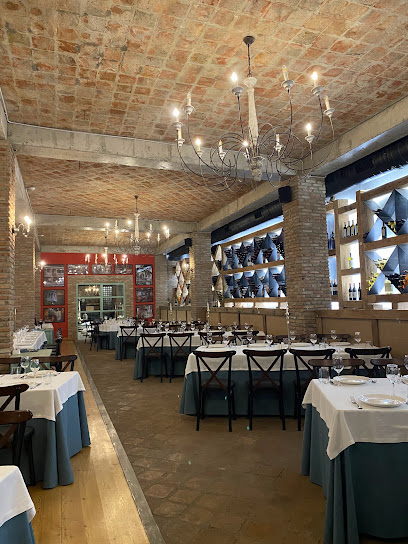
Gino Wellness Mtskheta
1.0 km
Experience culinary excellence and rejuvenation at Gino Wellness Mtskheta – where Georgian tradition meets modern luxury.
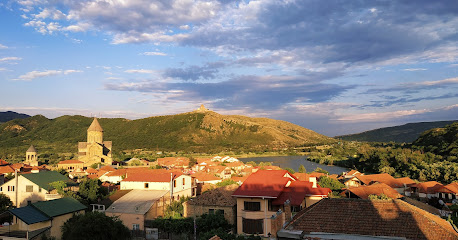
Restaurant Check-In Garden
1.1 km
Discover the rich flavors of Georgia at Check-In Garden - a cozy spot serving traditional dishes amidst the historical charm of Mtskheta.

Café Nitsa
1.1 km
Experience authentic Georgian cuisine in the heart of Mtskheta at Café Nitsa—where tradition meets flavor in a cozy setting.

Creperie De Flore
1.2 km
Discover authentic crêpes in Mtskheta at Creperie De Flore - where French flavors meet Georgian hospitality.
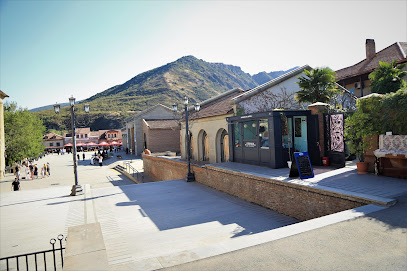
KERA Restaurant • კერა რესტორანი
1.2 km
Discover authentic Georgian flavors at KERA Restaurant in Mtskheta—where tradition meets taste in every delicious dish.
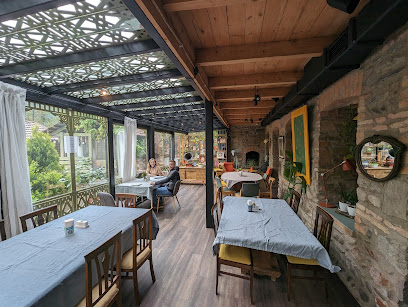
Restaurant Aurumi
1.2 km
Discover authentic Georgian cuisine at Restaurant Aurumi in Mtskheta, where tradition meets flavor in every delightful dish.
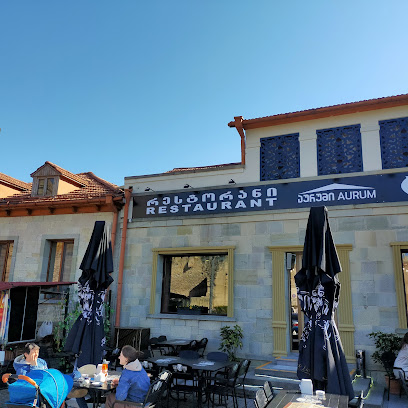
밀디아니 와인샾 Mildiani Store in Mtskheta
1.2 km
Explore authentic Georgian wines at Mildiani Wine Shop in Mtskheta - a perfect blend of culture and taste.

adacafe
1.2 km
Experience authentic Georgian cuisine at Adacafe in Mtskheta, where tradition meets modern café culture amidst stunning historical surroundings.
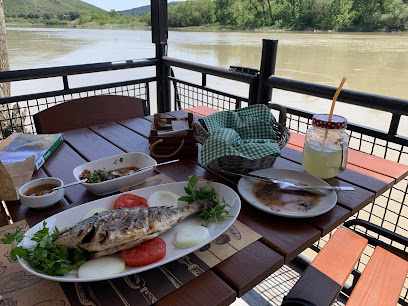
Street Garden Mtskheta
1.4 km
Discover authentic Georgian cuisine at Street Garden Mtskheta, where tradition meets taste in a serene garden setting.

Opizari
1.4 km
Experience authentic Georgian cuisine at Opizari in Mtskheta - a delightful restaurant blending tradition with modern comfort.
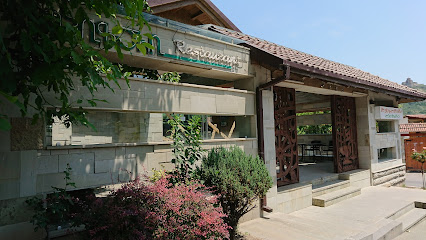
Markets, malls and hidden boutiques
Magniti
0.1 km
Experience Mtskheta through Magniti, your go-to supermarket for local and international products amidst Georgia's historic charm.
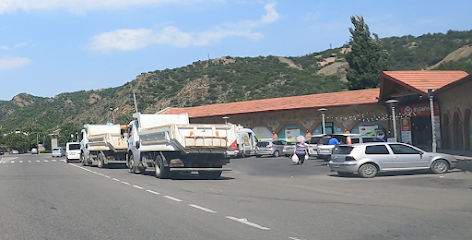
market nika 2
0.3 km
Discover local crafts and authentic Georgian cuisine at Market Nika 2, a vibrant shopping mall in the historic town of Mtskheta.

Present Perfection
0.3 km
Explore Present Perfection, a gem in Mtskheta offering beautiful handcrafted gifts that reflect the rich heritage of Georgia.

Keep . ქიფ
0.3 km
Discover Keep in Mtskheta, a delightful baby store offering quality products for your little ones amidst the charm of Georgia's historic sites.

1000 წვრილმანი
0.3 km
Explore 1000 წვრილმანი in Mtskheta: A Hidden Gem for Authentic Georgian Crafts and Souvenirs.

12 თვე Supermarket
0.3 km
Explore the flavors of Georgia at 12 თვე Supermarket in Mtskheta, where local produce and artisan products await.

შპს ლიდერი ფუდი
0.3 km
Discover top-quality meats and local delicacies at LLC Lideri Food, a cherished butcher shop in the historic city of Mtskheta, Georgia.

Art Store
0.9 km
Explore the Art Store for a vibrant selection of art supplies and unique local crafts, perfect for every artist and art lover.

Galaktika
0.9 km
Discover Galaktika, Mtskheta's premier paint store, offering a wide range of artistic supplies for all your creative projects.

ევროპული საწყობი მცხეთაში
0.9 km
Discover unique furniture pieces blending modern elegance with traditional Georgian craftsmanship at the European Warehouse in Mtskheta.
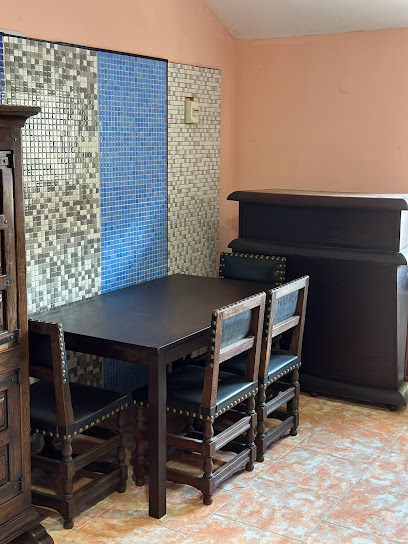
Nespresso Boutique
1.0 km
Experience the essence of coffee culture at Nespresso Boutique in Mtskheta, where quality meets tradition in every cup.

Vinelio
1.0 km
Explore the heart of Georgian winemaking at Vinelio, Mtskheta's premier wine store, offering an extensive selection of exquisite local wines.
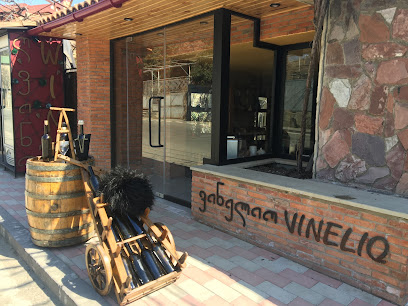
Wine Cellar Mtskheta
1.1 km
Explore the rich heritage of Georgian wines at Wine Cellar Mtskheta, a must-visit for every wine lover in the heart of Mtskheta.
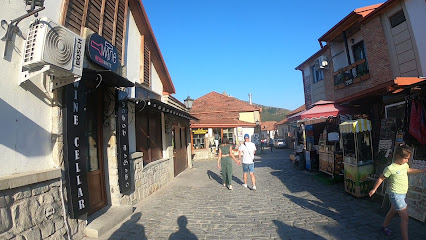
Ioli Supermarket
1.1 km
Discover local flavors and unique Georgian products at Ioli Supermarket in Mtskheta, a must-visit for tourists seeking authentic experiences.
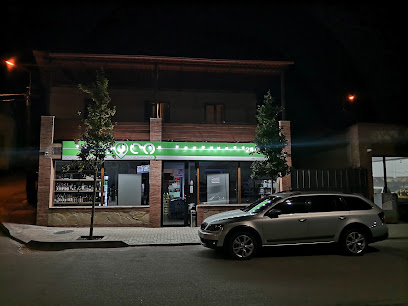
Чурчхела, вино и чача от Зазы
1.1 km
Explore the essence of Georgian cuisine at Чурчхела, where authentic churchkhela, fine wines, and chacha await in a charming setting.
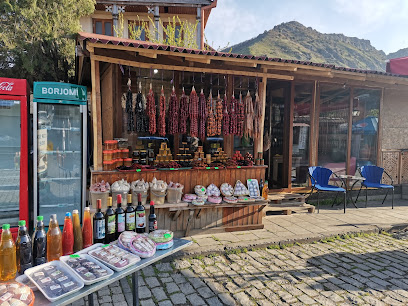
Essential bars & hidden hideouts
ბატონი დავითი
0.1 km
Experience the vibrant charm of Batoni Daviti, Mtskheta's premier bar for locals and travelers alike, offering a taste of Georgian culture and hospitality.

Winery Bagineti
0.9 km
Discover the exquisite flavors of Georgian wines at Winery Bagineti, a charming bar in historic Mtskheta, perfect for wine lovers and cultural explorers.

გარაჟები
3.4 km
Discover the vibrant nightlife at Garagebi, where locals and travelers enjoy a unique blend of drinks and a lively atmosphere in the heart of the city.

სივრცე 19
3.7 km
Unwind at the charming bar სივრცე 19 in Mtskheta, where refreshing drinks meet local culture in a vibrant atmosphere.

Maknatuna
4.8 km
Experience the charm of Maknatuna, a cozy bar where relaxation meets local culture in the heart of the city.

მთის ლუდი mountain beer
6.9 km
Experience Mtskheta's vibrant bar scene at Mountain Beer, where local brews meet rich cultural heritage in a cozy atmosphere.

Kultura
9.8 km
Experience the vibrant nightlife of Tbilisi at Kultura, a cultural bar offering a unique selection of drinks and a lively atmosphere.

Brauhaus Tiflisi
12.9 km
Discover the perfect blend of Georgian cuisine and craft beer at Brauhaus Tiflisi, a vibrant dining destination in Tbilisi's Vake-Saburtalo district.

My Geo Trip - Tours to Georgia
13.4 km
Explore Tbilisi with My Geo Trip - Unforgettable tours showcasing Georgia’s rich culture, history, and breathtaking landscapes.
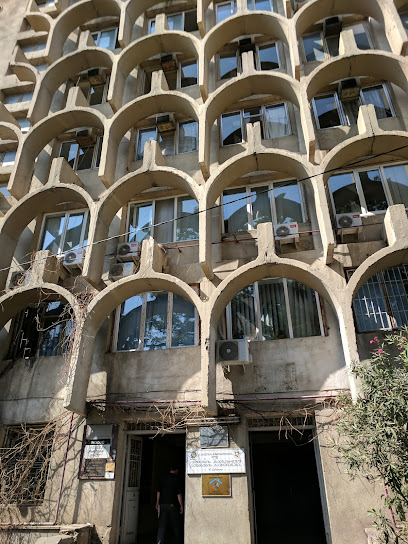
Burger Bar
13.4 km
Discover the flavors of Tbilisi at Burger Bar, where juicy burgers and a lively atmosphere await every visitor.
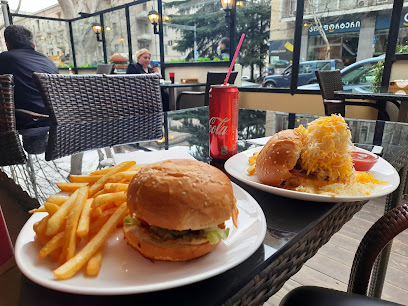
Green Queen Hotel
13.5 km
Discover comfort and hospitality at Green Queen Hotel in Tbilisi, where modern amenities meet the charm of Georgian culture.

Alliance Hotel
14.5 km
Experience modern comfort and traditional Georgian hospitality at Alliance Hotel in Tbilisi, your perfect urban retreat.

Weather Report Sky Bar
14.7 km
Experience stunning city views, exquisite cocktails, and vibrant nightlife at Tbilisi's Weather Report Sky Bar, a rooftop gem in the heart of the city.
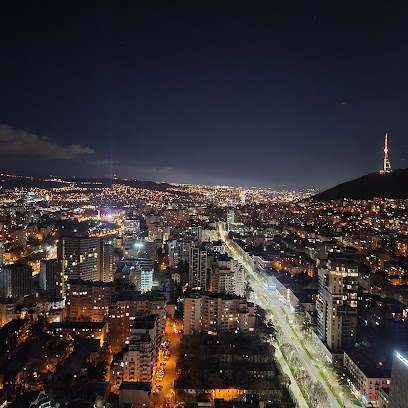
Varazi Beer House
15.5 km
Experience the vibrant atmosphere and delicious flavors at Varazi Beer House in the heart of Old Tbilisi, where craft beer meets traditional Georgian cuisine.

Raven's Bar Tbilisi / რეივენს ბარი თბილისი
15.6 km
Discover Raven's Bar in Old Tbilisi, where innovative cocktails and a cozy atmosphere create an unforgettable nightlife experience.




